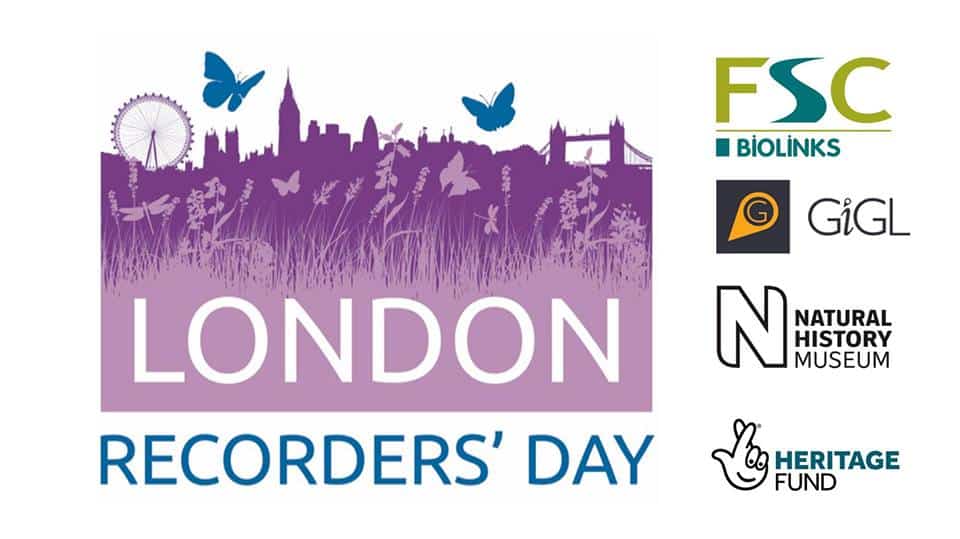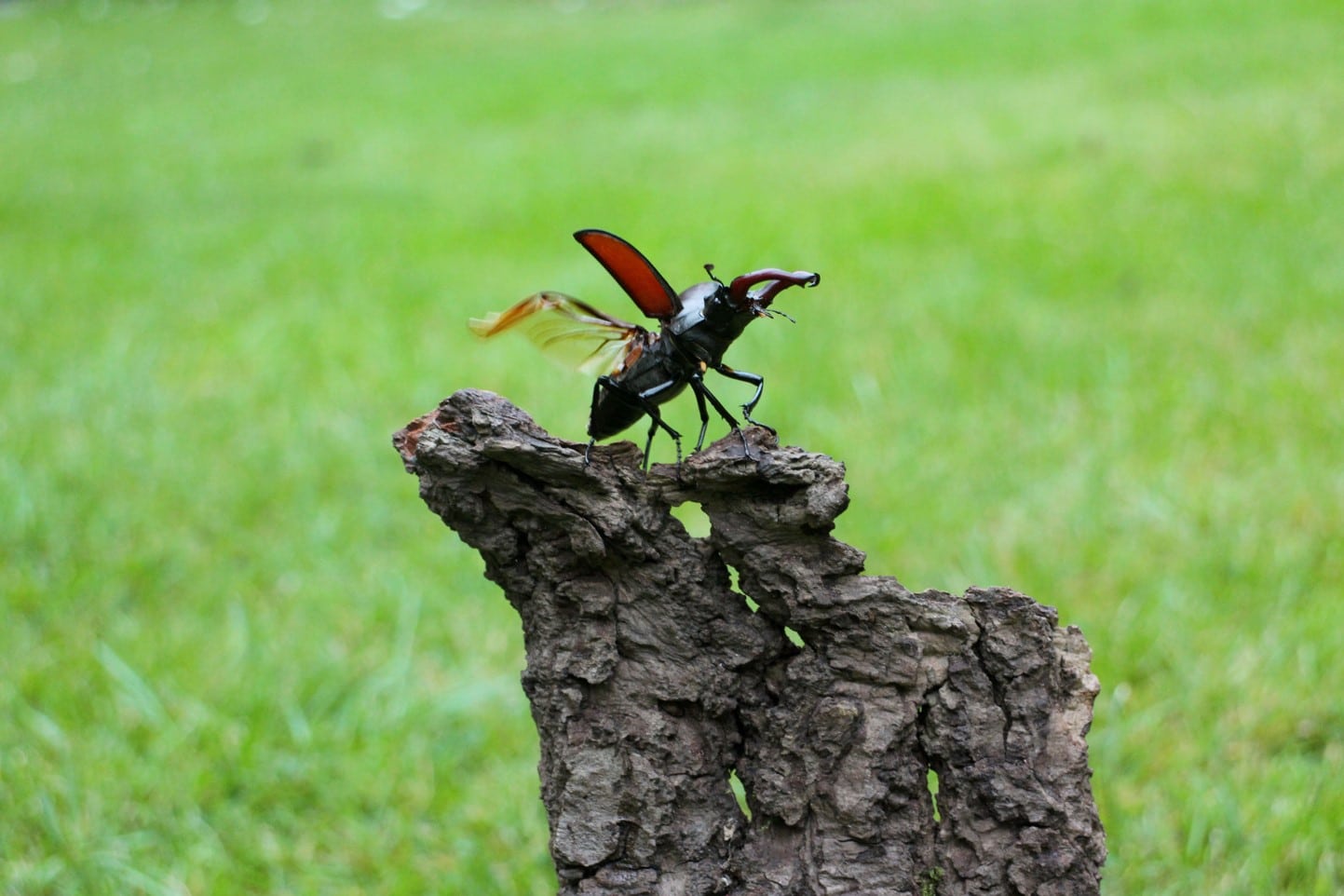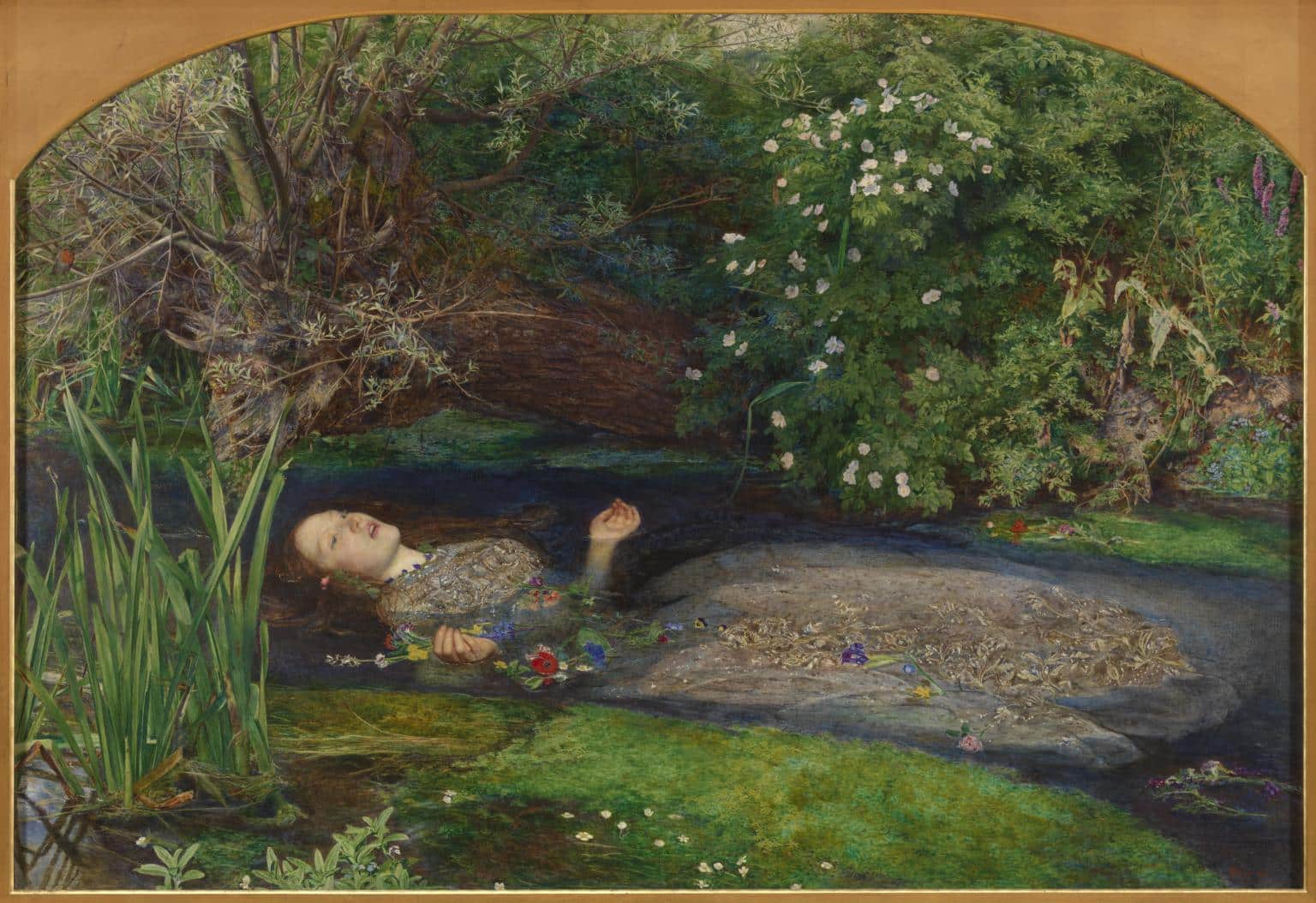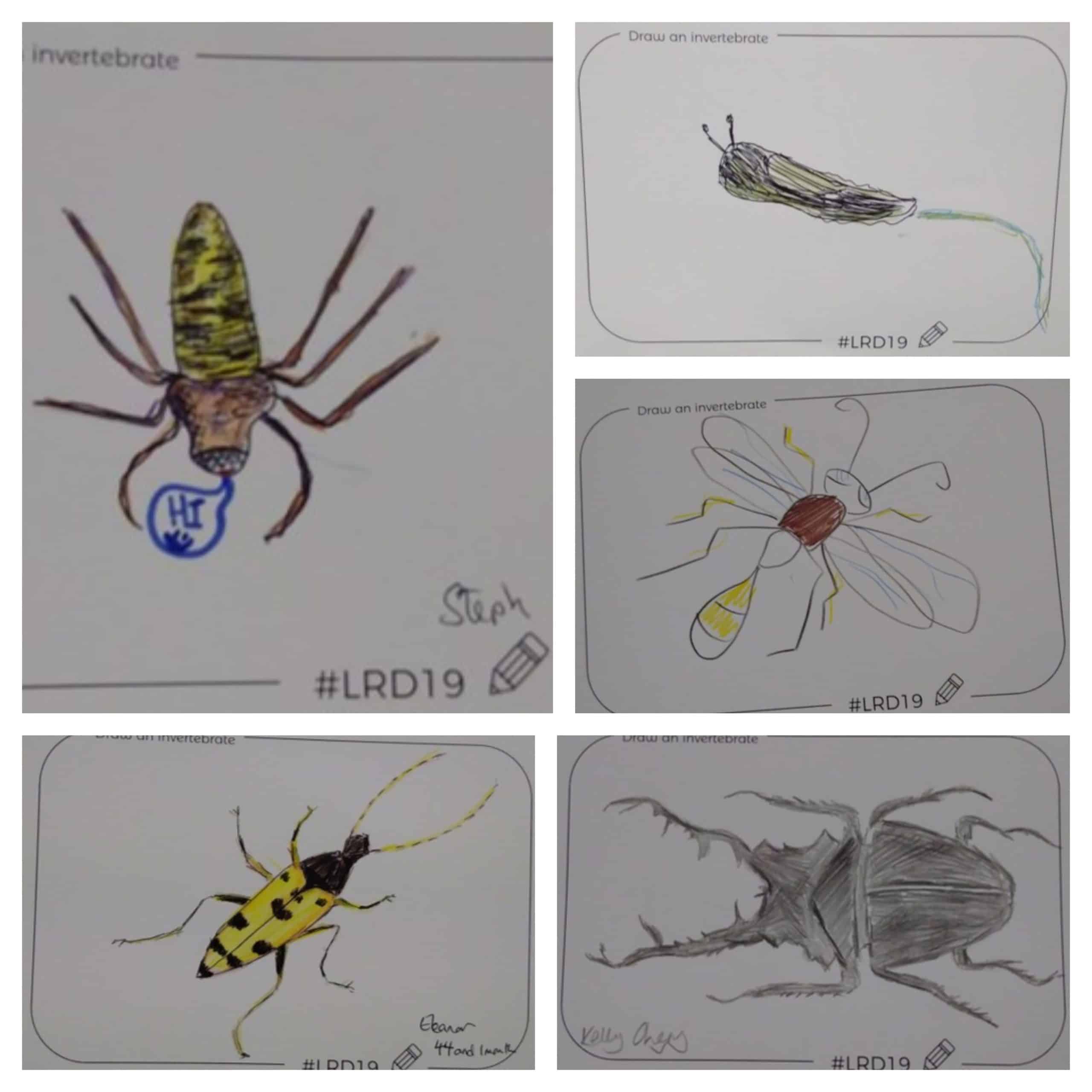Chloë Smith, GiGL Partnership Manager

On 2nd November, natural historians, conservationists, educators and data managers of London came together once more; we left the grey skies and wet streets of west London and entered that towering cathedral to nature, the Natural History Museum, for the second annual London Recorders’ Day.
GiGL, the Field Studies Council (FSC) Biolinks Project and the Natural History Museum Angela Marmot Centre for UK Biodiversity co-organised and hosted this event following the success of last year. The varied talks and displays discussed the joy of studying nature, skills and careers, diversity and inclusiveness, and the use of biological records in practice.
What inspires us to be recorders; to study and document the diversity of the natural world? Awe in its beauty, hope that it will endure, and fear that it will not? In his excellent keynote address Carim Nahaboo detailed his painstaking creative process of drawing entomological illustrations. He emphasised that the most important part is going out into nature; observing the form and function of wildlife; and this is what inspires him to draw. He explained that the advantage of illustration is that it can convey the beauty that he sees in his mind in a way that a photograph does not; he can integrate different sources and stress key features of the creature observed in life (such as a stag beetle’s golden armpit hairs, essential for its personal grooming).
Many in the audience at the London Recorders’ Day share Carim’s enjoyment of spending time in natural environments, observing and documenting wildlife. A record, though not as aesthetically beautiful as Carim’s drawings, describes a moment of interaction between species and information; and it can travel through time, inspire current appreciation and future decisions.
Two talks in particular reached back in time to reflect on recording and nature past and present. Steph West, from the Angela Marmont Centre, has been exploring the extraordinary natural historian Gilbert White’s notes on the run up to 300 years since his birth. She reflected on wildlife he had observed in central London – including Fleet Street and Vauxhall Pleasure Gardens – and her hopes of seeing some of the same species again centuries later.
Mark Spencer from the London Natural History Society (LNHS) botany group described Flora of the London Area, an account of London’s flowering plants recorded by LNHS members and friends (1965 -1976) compiled by Rodney Burton. The original record cards have disappeared; with various tales of their end, including an unceremonious skip. But Mark explained the “Herculean efforts” of contemporary volunteers to extract and digitise the information from the pages of the book; and dive into historic records including centuries old manuscripts. Mark explained GiGL’s role as data “crunchers”, supporting him by working with the digital data, so he could concentrate on the botany.
Another century and another artist featured later in the day. Elliot Newton, from Citizen Zoo, explained that the iconic Pre-Raphaelite painting of Ophelia by Millais includes natural details inspired by the Hogsmill River in Kingston. But Ophelia wasn’t the only one to meet an untimely end on the canvas as artist colleagues insisted Millais remove the “rat” from the river bank; and his water vole was painted over.
Today Citizen Zoo’s Get InVOLEd project seeks to restore real water voles back to their Hogsmill habitat, as the creatures themselves have also long since disappeared from the river. We heard how records of water vole submitted to GiGL have been used to map the observation of, and failure to detect, water voles over time in the area, informing the project’s actions. This project was one of several featured on the day that engage local participation and partnerships to deliver real change for nature.
Inclusivity and pathways between volunteering and careers were explored by several speakers. Chantelle Lindsay, from London Wildlife Trust, explained how LWT’s Keeping It Wild Traineeships are “shaking up the UK conservation scene” by training people from under-represented groups in the environmental sector and changing the demographic for the better. With pleasure, GiGL have been involved in delivering some training about records and GIS.
Kieron Brown and Gehan de Silva Wijeyeratne from the LNHS described the varied and busy programme of free events hosted by the society for members and non-members and opportunities to improve skills. Gehan, Rianna White and Lindsey Cheeseman also told their personal stories of boosted confidence and knowledge through involvement with LNHS, Citizen Zoo and the FSC BioLinks Project, respectively.
After a day of talks, talking, and tours, attendees said their goodbyes and set off home to various corners of London. We could reflect on a day of celebration in which we had learned about a diverse range of projects and initiatives in London collecting and interpreting biological records. The programme had encompassed the passion and enthusiasm behind nature studies including the beauty of wildlife, fascination in species’ form and function, the history of wild London, and our role in supporting its future.
We heard particularly about, and from, people who devote their time to nature in a voluntary capacity or throughout their career. This day, for me, illustrated that there is not a firm division between the spheres of volunteering and professional expertise and practice, with regards to biological recording. Delegates were from various backgrounds and the projects described included funded and non-funded expertise and efforts. Many of our public and private sector partners at GiGL work with biological records in their day job and collect them in their spare time; most of the wildlife records in the species database maintained by GiGL have been generated by taxonomic experts collecting data voluntarily; other data are generated by funded schemes and public bodies.
The day highlighted the importance of building bridges between volunteering and careers for those who want to take steps in either direction, and the importance of valuing and nurturing peoples’ time and skills. This meeting of recorders was a vital celebration of the tremendous skills and expertise that devoted natural historians in London have and underlined the importance of making sure this work counts towards improved understanding and appreciation of London’s nature.
Following the success of the last two years, London Recorders’ Day will return to the Natural History Museum on 10th October 2020. Please keep your eyes peeled around summertime next year for more details!
Feedback
“Thank you for organising, I have been inspired to get out and do more recording.”
“Great day, interesting and informative. Please to find out about the AMC [Angela Marmot Centre].”
“Another fantastic day, can’t wait for next year!”



